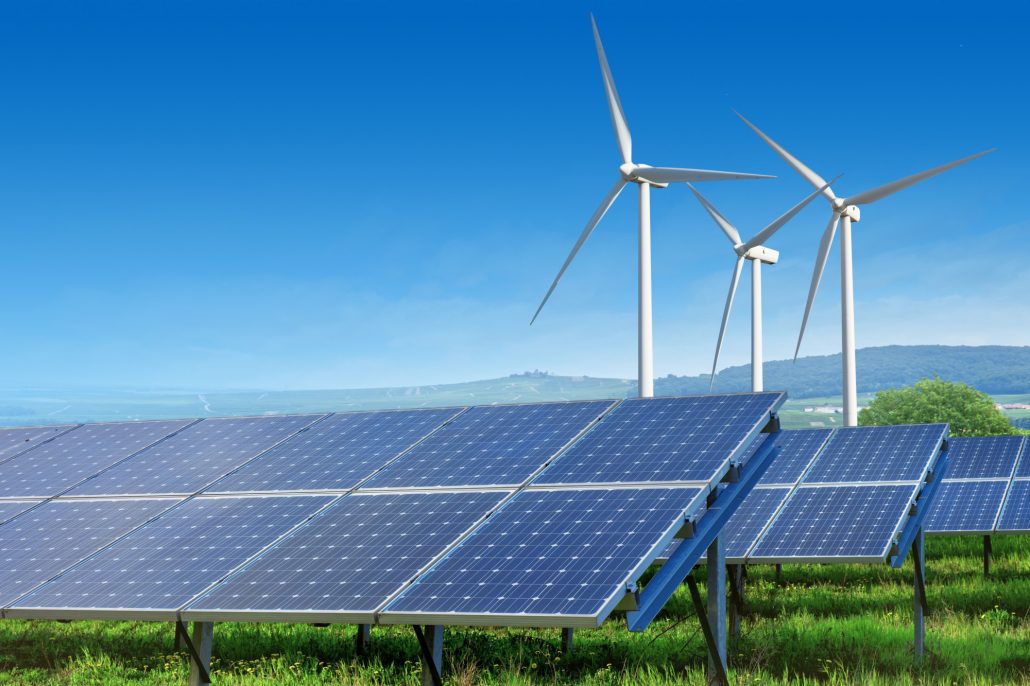What Is Renewable Energy Procurement?
You’ve just invested in a major new business. Your goal is to be as environmentally friendly as possible. So, you’ve decided that the company will be powered entirely by renewable energy. But where to begin?
Renewable energy procurement is the answer. It’s the process of obtaining the renewable energy you need for your business. It is a complicated beast.
Let’s dive in and explore the ins and outs of renewable energy procurement.
What Is Renewable Energy Procurement?
This is the process of procuring renewable energy for use in a specific project or system. REP includes acquiring clean energy from renewable sources such as:
- Solar
- Wind
- Geothermal
- Hydroelectricity
It involves assessing the benefits and drawbacks of different energy sources. It also includes creating strategies to reduce costs, minimize risk and maximize value.
Renewable energy procurement can be done on a local, regional, or national level. It depends on the size of the project or system. It often involves working with utilities, governments, and other stakeholders.
The Benefits of Renewable Energy Procurement
Renewable energy procurement presents organizations with many benefits. They all aid in the pursuit of a greener future.
Cost Savings
Organizations are able to lock in low-cost energy prices. This ensures them significant savings over time.
Renewable energy options from this best solar company are becoming more efficient. This allows organizations to lower energy costs by reducing the use of expensive fuels like oil and natural gas.
Organizations can also reduce their dependence on the traditional energy grid. This provides them with more control over their energy costs.
Balanced Energy Portfolio
Renewable energy procurement offers an array of benefits. It helps to diversify an energy portfolio. This is through reducing the risk of reliance on volatile energy sources.
Reducing Environmental Footprints
Renewable energy sources are clean. They don’t produce any harmful emissions or byproducts. Businesses can significantly reduce their carbon footprint and help limit their environmental impact.
Investing in renewable energy procurement can also help businesses gain a competitive advantage. Many consumers, local regulators, and other businesses are shifting priority. They may prefer doing business with companies that prioritize sustainability and environmental protection.
Developing Long-Term Relationships
Long-term relationships between a business and a renewable energy supplier can provide numerous advantages. These can be both short-term and long-term.
In the short term, businesses are able to access reliable renewable energy procurement at a lower cost. This is due to long-term contracts with suppliers.
In the longer term, businesses can leverage their relationships. They can take advantage of greater incentives and discounts. This can enable them to cut operational costs and increase operational efficiency. Furthermore, long-term relationships allow for greater collaboration.
Cost Considerations
Renewable energy procurement may be done directly or indirectly through a third party. Cost considerations for renewable energy procurement should include the following:
- Cost of construction and implementation
- Ongoing operating costs
- Financial incentives or subsidies available
In addition, businesses should consider the environmental impact of procurement options. Also, consider efficiency improvements and existing infrastructure when evaluating cost-effectiveness.
The Steps in Renewable Energy Procurement
There are important steps in operating a successful renewable energy procurement strategy.
Identifying Your Renewable Energy Option
It is important to understand how much renewable energy you need. Additionally, you must know what renewable energy sources are available to you. It is also important to understand the technology and hardware associated.
Comparative Analysis and Making a Decision
There are several steps that need to be taken to facilitate the decision process. You can perform a comparative analysis. With this, you can evaluate different renewable energy sources, technologies, and suppliers. This analysis should include a review of resources, costs, and benefits. This will help to determine the viability of the system.
After comparing, you should make a decision should regarding which supplier is best. It is also important to consider the cost-effectiveness of the supplier. You should also know the performance outcomes that could be achieved.
Structuring a Process for Negotiation and Contracting
In this phase, the negotiating team and suppliers must agree on the terms and conditions of the agreement. Upon completion of the agreement, they can sign the final renewable power contract.
Executing the Renewable Energy Project
This step may include document execution and follow-up of payments and/or services. Once this is complete, the renewable energy project is ready to move forward.
Monitor Performance and Utilization of Renewable Energy
An important step in the process is to monitor the performance and utilization of renewable energy. This should be done by first gathering data related to the efficiency, usage, maintenance, and operational costs of the purchased equipment and services. The data should then be evaluated and analyzed to identify any weak points or areas of improvement.
It is important to review and address any issues that arise quickly. This is to ensure that the system performance meets your objectives. After every review, you must take further steps to keep the system running smoothly. This includes upgrades, replacements, or preventive maintenance.
Navigating Legal Obligations
Navigating the complex web of associated legal requirements can be challenging. Companies must ensure that contracts comply with state and federal regulations. They must ensure that renewable electricity is tracked and reported accurately.
Compliance with such regulations requires the following:
- A sound understanding of the applicable laws
- The associated financial impacts
- The technical aspects related to renewable energy procurement
Companies must ensure appropriate safeguards. Safeguards include the establishment of measurement and verification protocols. This is to ensure accurate claims on ‘green energy’ are made and adhered to.
This is a task that should be handled by experienced professionals. Lawyers and energy consultants are good examples. They possess technical and operational knowledge; they can navigate these legal obligations successfully.
Understanding Renewable Energy Procurement
Renewable energy procurement is critical for all organizations. The renewable energy industry is constantly changing. That’s why it is important to stay ahead of the curve.
Organizations should take action today by engaging strategic renewable energy advisors to ensure optimal renewable energy procurement.
Learn more from other articles found on our site!













I enjoyed reading this blog post and found the section on the benefits of renewable energy procurement particularly informative. It’s great to see that renewable energy procurement not only benefits the environment but also provides long-term cost savings and stability for businesses. It’s a win-win situation! I appreciate the detailed explanation of the procurement process and the different options available for businesses looking to make the switch to renewable energy. Thank you for sharing this valuable information!